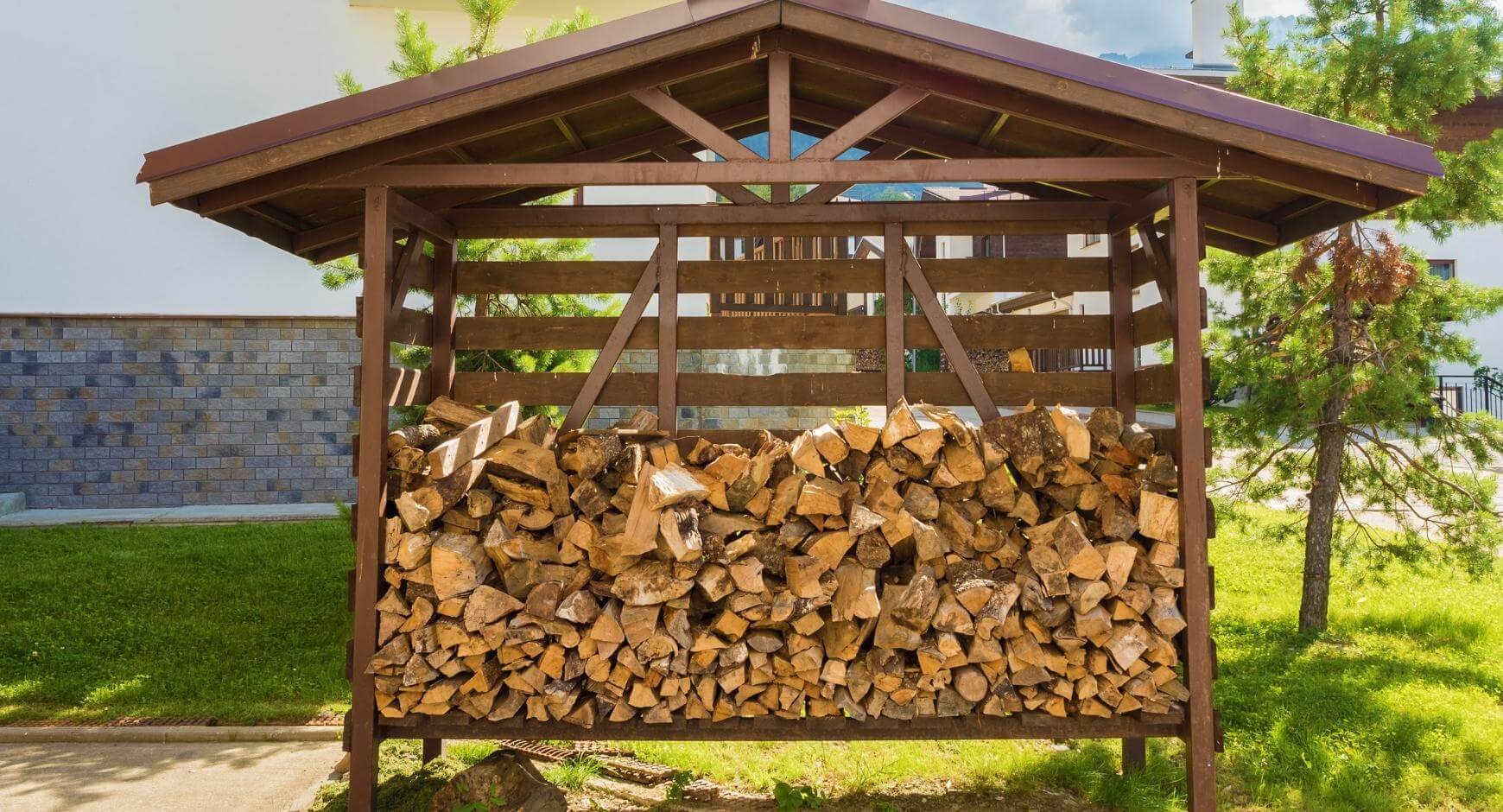
If you store firewood in a rack, shed, or designated spot in your yard, you know how quickly these areas can accumulate dirt, mold, cobwebs, and even unwanted critters. While it might seem like a great idea to blast everything clean with a pressure washer, cleaning firewood storage areas requires a strategic and cautious approach. 💡💦
In this article, we’ll cover the best practices—and big mistakes to avoid—when pressure washing firewood storage areas, from open-air racks to covered sheds. Let’s keep your wood dry, safe, and clean without compromising its quality or creating a mold magnet. 🧽🔥
🪓 Why Clean Your Firewood Storage Area?
Whether you burn firewood for heat or ambiance, maintaining a clean storage area is essential for:
- Preventing mold and mildew growth
- Avoiding insect infestations (ants, termites, spiders 🕷️)
- Reducing fire risks caused by debris buildup
- Keeping wood dry and ready to burn
- Enhancing the look of your outdoor space 🏡
Neglected firewood spaces can become damp, dirty, and pest-prone, making it harder to keep your home warm and safe during winter.
✅ Do: Prep the Area First
Before firing up your pressure washer:
- Remove all firewood and stack it away from the area you’re cleaning.
- Sweep out loose dirt, leaves, bark, or twigs.
- Inspect for insect nests, webs, or signs of rodents.
- Cover nearby landscaping or vulnerable plants with a tarp. 🌿
Make sure the structure is sturdy and there are no rotting boards or rusted metal elements that could get damaged further during cleaning.
❌ Don’t: Pressure Wash Firewood Directly
This is a big one—do not pressure wash firewood logs themselves. Doing so can:
- Soak the wood, making it unusable for burning until fully dried (which could take weeks)
- Cause mold or mildew to develop inside the wood stack
- Strip away the bark, reducing the insulation value of the wood
- Create slippery, dangerous conditions when stacking afterward
🪵 Only clean the structure, base, and surrounding area—never the logs.
✅ Do: Use Mild Detergents (or None)
For basic cleaning, plain water is often enough. But if your firewood shed or rack is especially dirty or has algae buildup, you can use a mild solution:
- White vinegar and water (50/50)
- Biodegradable, pet-safe cleaner
- Oxygen bleach diluted in water (for moldy spots)
Avoid strong chemical cleaners, bleach, or degreasers—they can harm surrounding soil and seep into your firewood.
Browse Amazon Here For Mild Pressure Washer Detergents
❌ Don’t: Use High Pressure Too Close
Use a 25° or 40° spray tip, and keep the nozzle at least 2 feet away from the surface to avoid damaging:
- Wood frames
- Paint or stain
- Concrete bases
- Metal brackets or joints
Start on the lowest pressure setting and gradually increase as needed. It’s better to make multiple passes than to cause permanent damage. 🧼
✅ Do: Let It Dry Completely
After washing:
- Allow the structure to dry fully in the sun before restacking firewood.
- Open up doors, vents, or panels if it’s a shed-style enclosure.
- Use towels or a leaf blower to speed up drying if rain is expected. 🌞
Drying helps prevent rot, mold, and the dreaded musty smell that can follow improperly stored wood.
❌ Don’t: Neglect Drainage or Airflow
Cleaning is only half the battle. To keep your firewood dry long term:
- Make sure your rack or shed is elevated off the ground
- Avoid stacking wood against a house or solid fence (limits airflow)
- Angle the structure or base for water runoff
- Don’t cover stacks with non-breathable tarps for extended periods
Poor airflow or water pooling leads to soggy, moldy wood—and that’s a fire hazard and a waste of money. 🛑
✅ Pro Tips for Different Storage Styles
Open-Air Firewood Racks:
These are usually made of metal or treated wood. Use low pressure and rinse thoroughly. Avoid blasting directly underneath unless you’ve removed all the wood first.
Firewood Sheds:
Clean inside and out. Focus on corners, supports, and flooring. Check for signs of insect nests or burrowing rodents. Use brushes for tight spots.
Concrete Slabs or Paver Bases:
These surfaces can handle higher pressure, but still use care. Apply vinegar or cleaner to kill moss or algae and prevent slipping.
🔥 Bonus: Pest Control During Cleaning
Pressure washing can dislodge pests, but take it a step further:
- Sprinkle diatomaceous earth around the cleaned base afterward.
- Inspect logs for hitchhikers like spiders or beetles.
- Keep grass trimmed and mulch away from the storage zone.
This creates a cleaner, safer zone for both wood and humans. 🐜
🧠 Summary: Quick Do’s and Don’ts
| ✅ Do | ❌ Don’t |
|---|---|
| Remove all firewood first | Pressure wash firewood directly |
| Use low pressure with wide tip | Use harsh cleaners or bleach |
| Let everything dry thoroughly | Restack wood while wet |
| Improve airflow and drainage | Stack wood against the house |
🪵 Final Thoughts
Pressure washing your firewood storage area can be a great way to maintain a clean, safe, and functional space—but it needs to be done with care. Focus on the structure, not the logs. Use mild products and low pressure, and always allow plenty of time for drying.
A clean firewood rack not only protects your investment in good dry wood—it makes your yard look sharp too. So roll up your sleeves and keep that firewood station fresh and functional! 🔥🧽🏡



